Filling your raised bed with soil
Experts tips all about raised bed soil

Experts tips all about raised bed soil
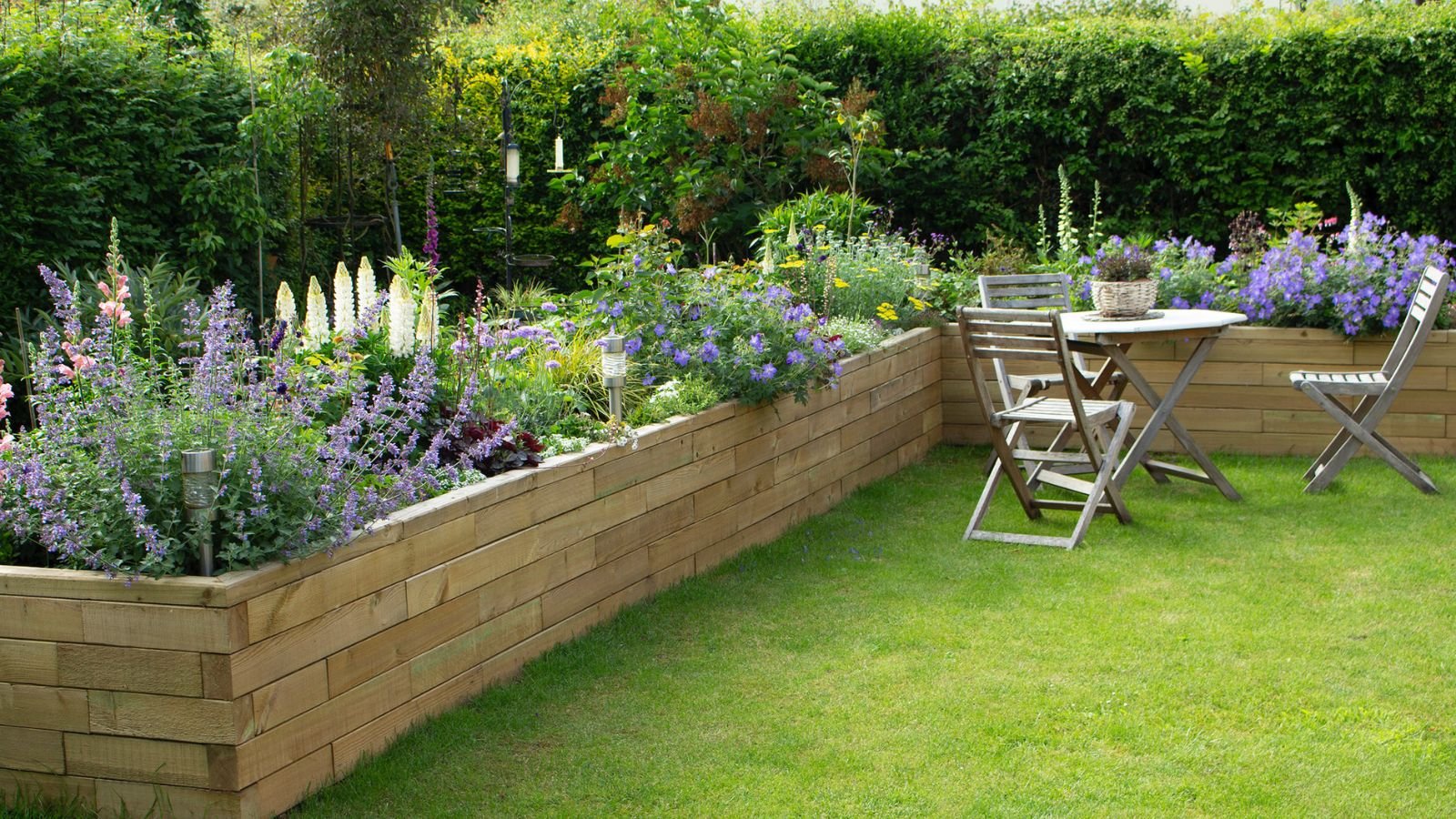
Some of the most common enquiries we receive are about raised bed soil. Whether it is the quantity or type of soil to use or how to add drainage. Filling your raised bed with quality soil means you have an excellent base to start your growing journey, whether you're growing plants or edibles. Plus, you will know exactly what is in your soil!
We’ve been busy compiling all of our tips and enlisted some expert insight to give you a full rundown on how to fill your raised bed and what to fill it with.
Whether you’ve built a standard WoodBlocX raised bed, a planter bench, or one of our bespoke designs, we always recommend that you line the structure with a good-quality raised bed liner. This will protect the wood and prolong its lifespan to give you years of growing.
Take a look at our how to line a raised bed blog for step-by-step details on how to do this.


When building WoodBlocX on soft ground, we recommend lining the sides and buttresses of your WoodBlocX structure. You can also line the base if you wish, but remember to use a breathable / permeable liner to allow water to drain through.
When building WoodBlocX on hard ground, we recommend fully lining the sides, base and buttresses of your WoodBlocX structure. To help with excess drainage on hard surfaces, you can make a few small holes at the bottom of your liner.
Then you can choose to add a drainage layer. The depth of this depends on the depth of the raised bed and also what you plan to grow. For growing veggies in a tall raised bed you may want to increase the amount of drainage materials you add to reduce the amount of soil you need or you can fill it right up, the choice is yours!
If you’ve opted for a low design built directly on soil, you don’t really need to add drainage. For raised beds above 0.45m, add some gravel, stones, hardcore, tree branches, etc., these will help drainage and also reduce the amount of soil needed to fill the space.
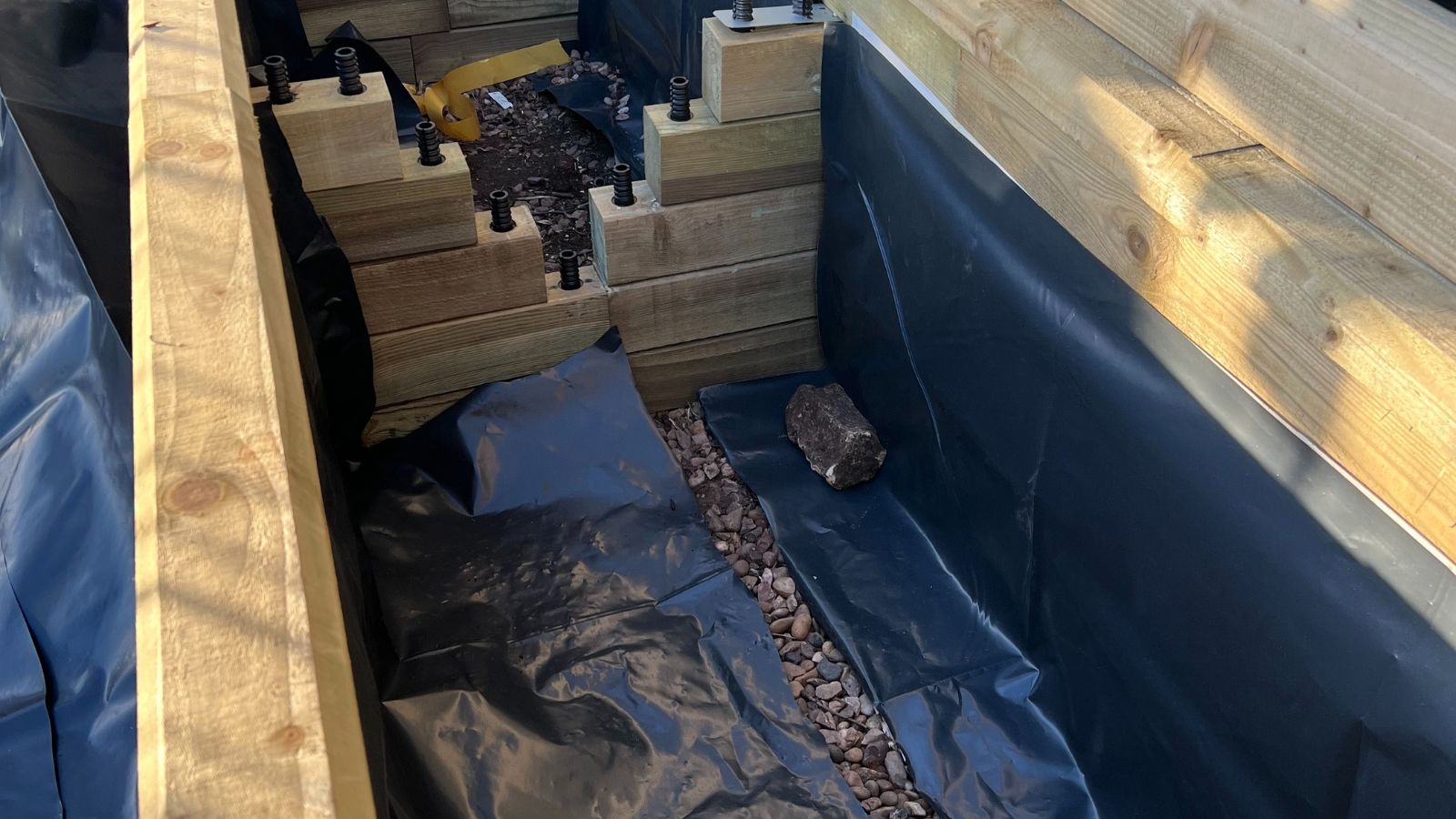
This is another very common question! Before ordering your soil you can work out how much you need by using this simple raised bed soil mix calculation; multiply the dimensions of your raised bed: length M x width M x soil height CM to get the cubic soil volume.
If you have added a drainage layer, you might not need all the material however once the soil has fully settled, after a few good rain showers, your raised bed may need topping up so this extra might come in handy.
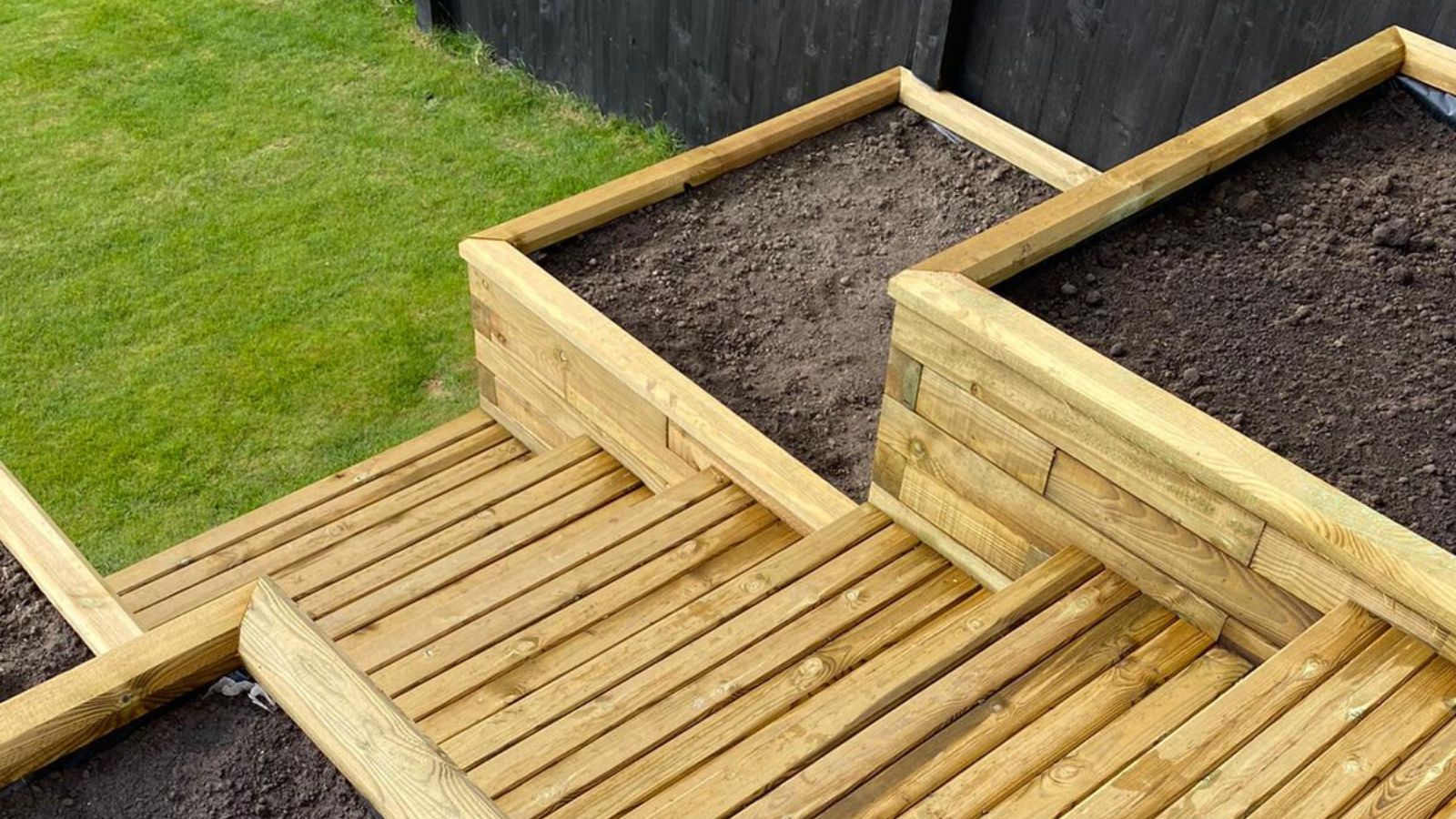

We asked soil specialists PlantGrow to explain the difference between topsoil and compost, what makes a good raised bed compost blend and also the many benefits of mulching. PlantGrow are expert producers of natural and sustainable fertilisers including composts, mulches, topsoil and liquid plant feeds.
The material suitable for raised beds needs to allow drainage and good structure for the plants or vegetables you wish to grow while providing nutrients as well. Raised beds are contained spaces that can would usually dry out faster than if you planted in the ground so it is important to find the correct balance to assist the health and growth of all plants.
Having a percentage of topsoil in your mix does help with settlement meaning lesser volumes are required to top the bed in future.
PlantGrow Raised Bed Mix Tr3 is a specific blend to suit the growing requirements needed for best results. A three part mix containing PlantGrow's award winning mulch fibre this unique blend also contains 33% topsoil and 33% general purpose compost. The organic mulch would hold moisture and feeds for 12 months creating ample growing conditions. The topsoil and compost parts help provide drainage and structure with further nutrients being released.
Topsoil does have nutrients for general purposes, including lawn dressings, flowers, shrubs and trees. A layer of organic mulch is advised to be added on top to prevent weed growth, with the chosen mulch eventually breaking down and adding even more nutrients into the top soil.
Potted plants have limited access to nutrients so using compost makes sure they have plenty of goodness to grow strong and healthy. The softer attributes of compost is beneficial for any younger plants to support the root systems at the early stage of growth and should always be used to start plants off.
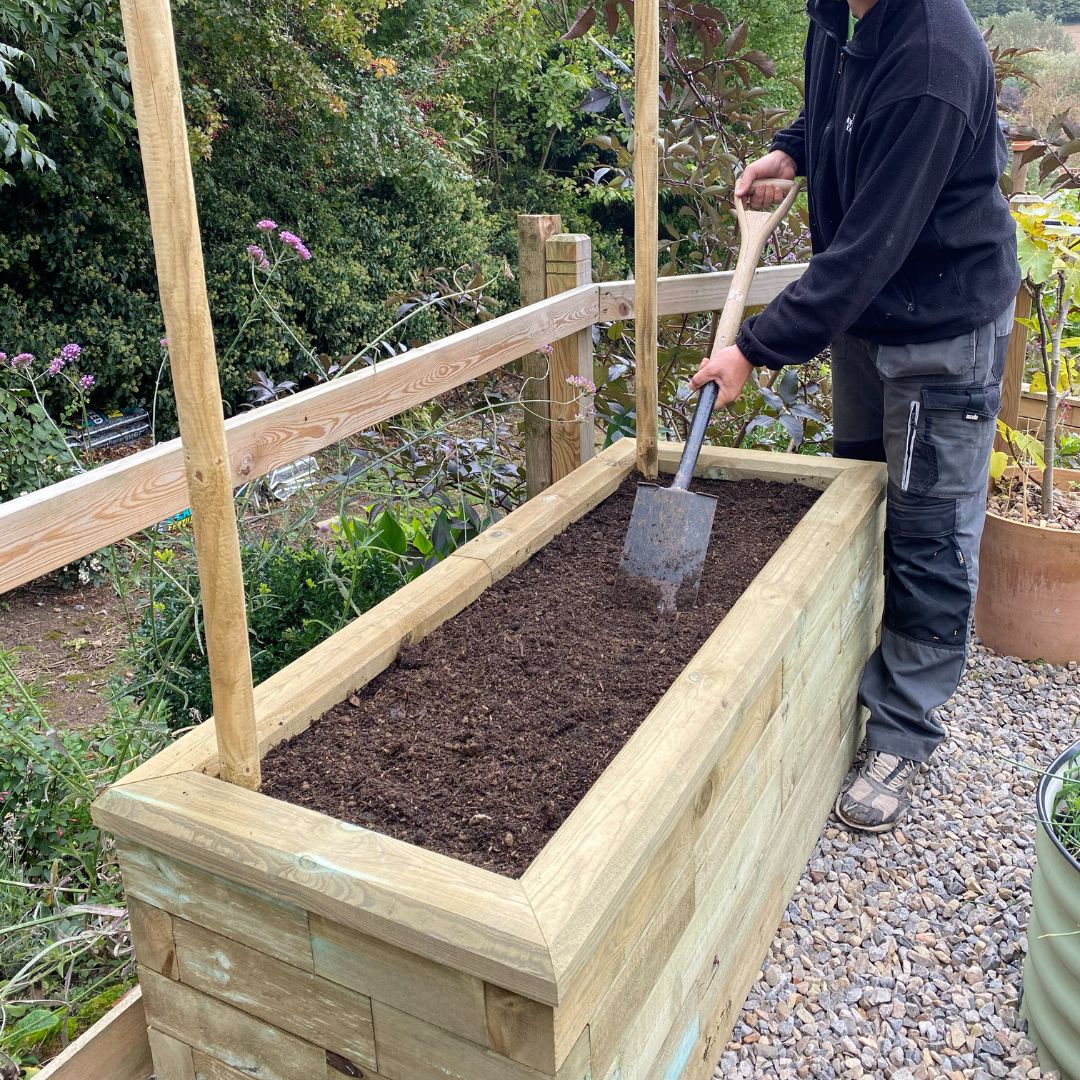
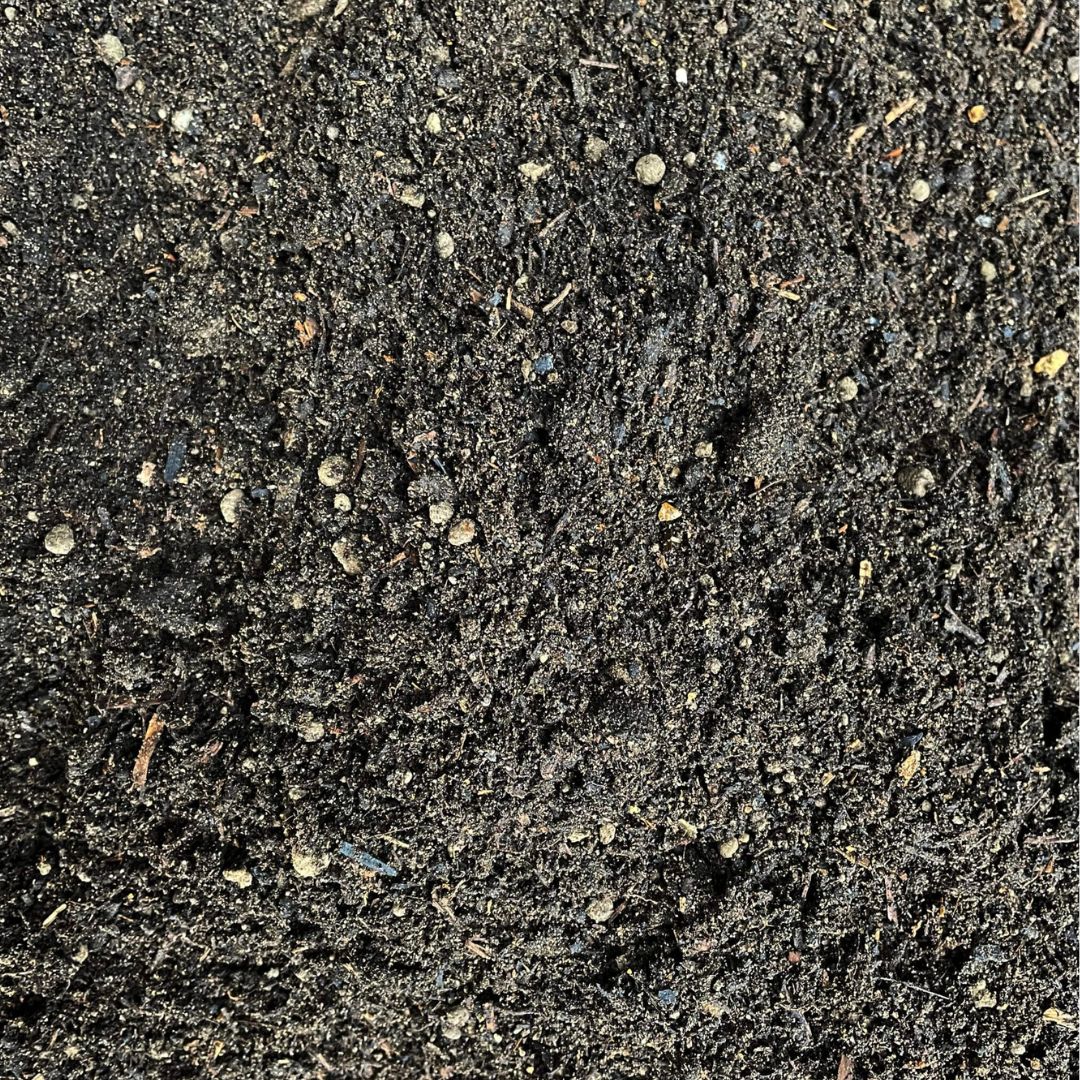
Mulching or topdressing is needed for a number of reasons as it is beneficial for your plants, the soil and the environment.
Having organic material on top of soils will moisten the top layer of the ground which can be very important for clay soils as the organic material would be drawn in naturally breaking up the existing soil. PlantGrow organic Mulch works well with all soil types as it provides essential nutrients along with soil microbes & natural healthy bacteria.
Mulching is easy as no digging is needed, this keeps carbon in the soil and works with the existing life within the soil over time. Worms add to this process by moving the organic material around creating air pockets as they blend the organic matter with the current soil.
Another benefit of an organic mulch is it will work with various weather patterns, from wet weather by absorbing the water and holding moisture, to drought conditions keeping soils protected and keeping the goodness and moisture in the soil.
Mulching is also recommended for weed reduction. Long term annual applications will get your soils producing more fruit, flowers and vegetables due to the long term feeding within the plant material and the way it works with nature, improving the microbiome of the soil.
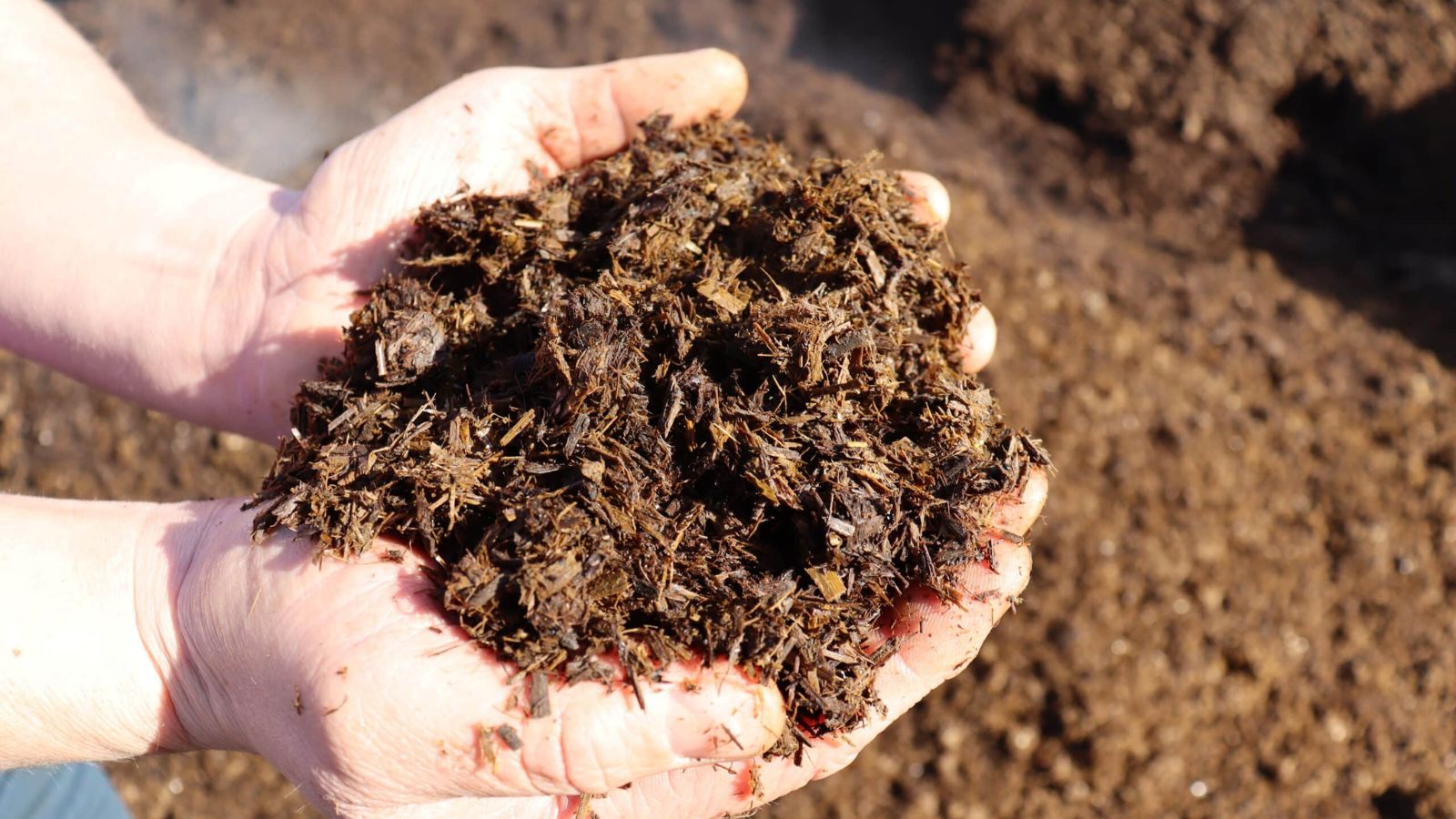
If you thought growing plants and edibles in a WoodBlocX raised bed couldn't get any better, you now know that by choosing the right nutrient dense compost and mulches will enhance your growing experience further!
Join more than 4000 happy customers (that's just the ones that have taken the time to leave us reviews - thank you!) who grow in a raised bed they designed themselves.
Try our raised bed calculator to build your own size - choose from our raised bed kit designs or have a bespoke design which has been created by us using our unrivalled Free Design Service.


